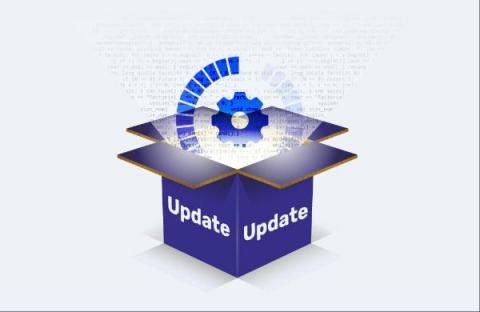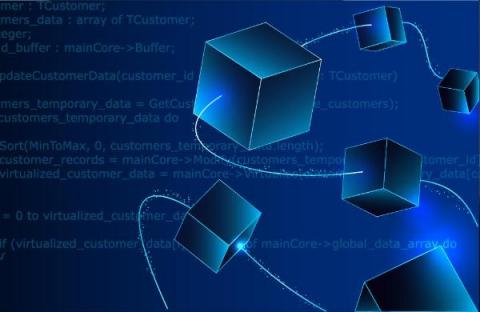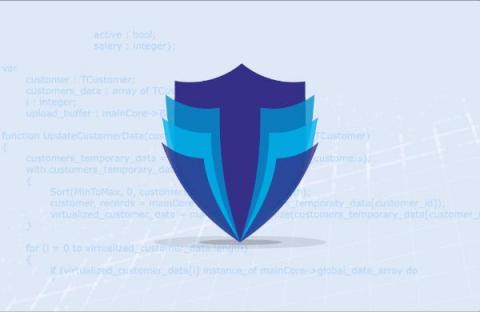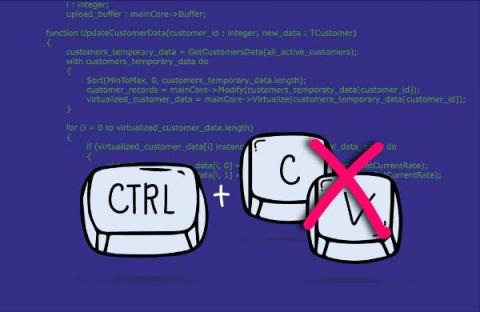The New Era of AI-Powered Application Security. Part Three: How Can Application Security Cope With The Challenges Posed by AI?
This is the third part of a blog series on AI-powered application security. Following the first two parts that presented concerns associated with AI technology, this part covers suggested approaches to cope with AI concerns and challenges. In my previous blog posts, I presented major implications of AI use on application security, and examined why a new approach to application security may be required to cope with these challenges.











